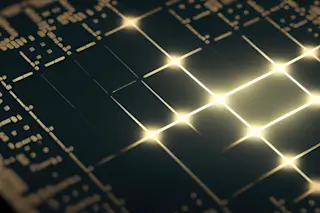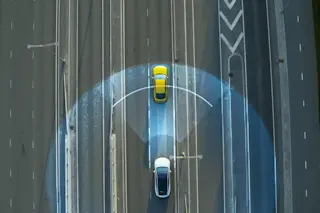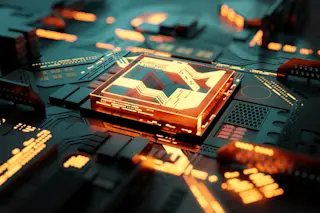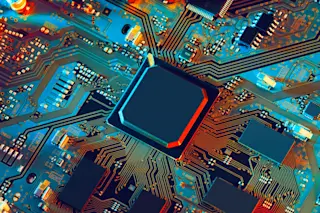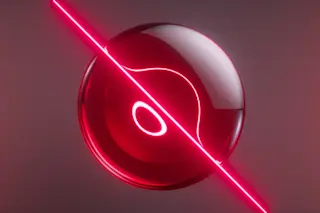: Scientists have developed a laser that's small and tough enough to work in the combustion engine of a vehicle yet powerful enough to ignite the fuel-air mixture that drives combustion cylinders. The researchers say that laser-ignited combustion engines could be more fuel efficient than traditional spark-plug ones: Unlike spark plugs, which transmit their sparks in milliseconds, lasers transmit energy within nanoseconds. Inventor Takunori Taira says that "timing---quick combustion---is very important. The more precise the timing, the more efficient the combustion and the better the fuel economy." Why Now: The new laser used in this laser igniter can withstand the harsh environment of an engine because it’s made from ceramic powders, which are stronger, more thermally conductive, and more durable than conventional lasers, say the inventors. Lasers vs Sparks:
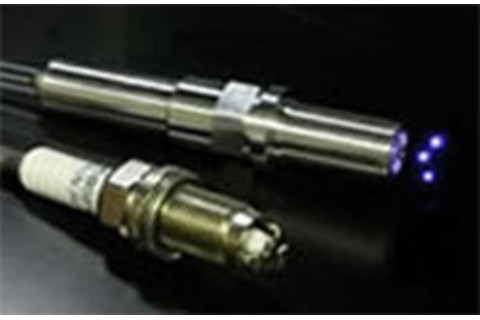
What's the News
In conventional engines, spark plugs send high-voltage electricity sparking across the electrode gaps in a combustion engine: This results in a controlled explosion in the engine, which drives the piston that generates the vehicle's horsepower.
Spark plugs only directly ignite the fuel-air mixture near the wall of the combustion cylinder, but lasers can reach to the center of it, allowing for a more symmetric explosion that's up to three times faster than spark-plug ignition.
Also, the electric sparks erode the electrodes over time, increasing the gap between them and resulting in less efficient combustion. Lasers don't have such erosion, leading to a longer-lasting engine.
What's the Context:
A laser in a standard automotive engine needs to generate 100 gigawatts per square centimeter to ignite combustion. In the past, "lasers that could meet those requirements were limited to basic research because they were big, inefficient, and unstable," says Taira.
The problem with inefficient fuel burning is that it increases the emissions of harmful gasses, such as nitrogen oxides (NOx), which are a major component of smog.
Not So Fast:
As pointed out by Autoblog's Dan Roth, "None of this research work has been applied to an actual engine yet, making any claims of superiority mere academia at this point."
The Future Holds:
Now the team is working on a three-beam laser that will make for even more uniform combustion.
And their working with the DENSO Corporation (part of the Toyota Group) to potentially start putting these lasers in car engines.
Reference: Conference on Lasers and Electro-Optics. 1 May 2011. Baltimore, Maryland. Image: The new combustion laser (right) and a standard spark plug (left). National Institutes of Natural Sciences, Japan / Takunori Taira.



